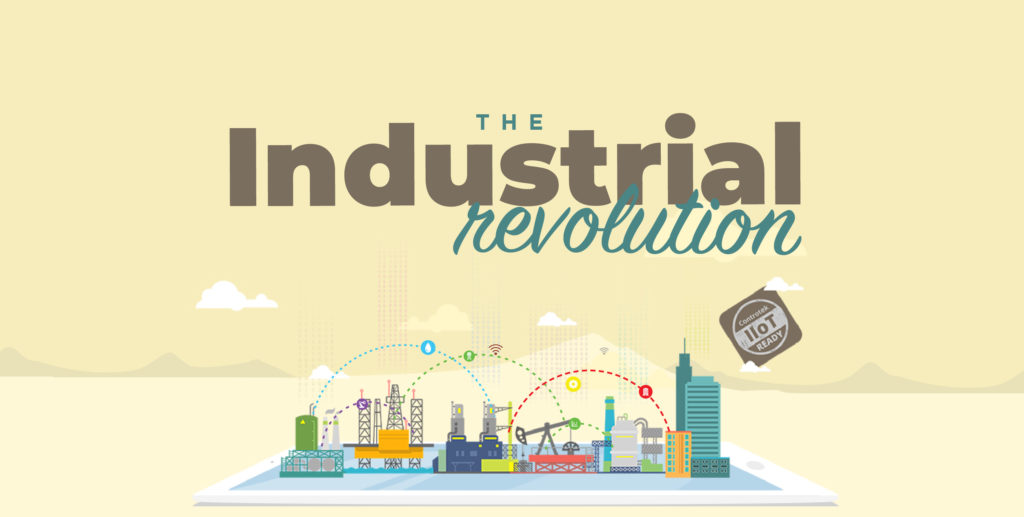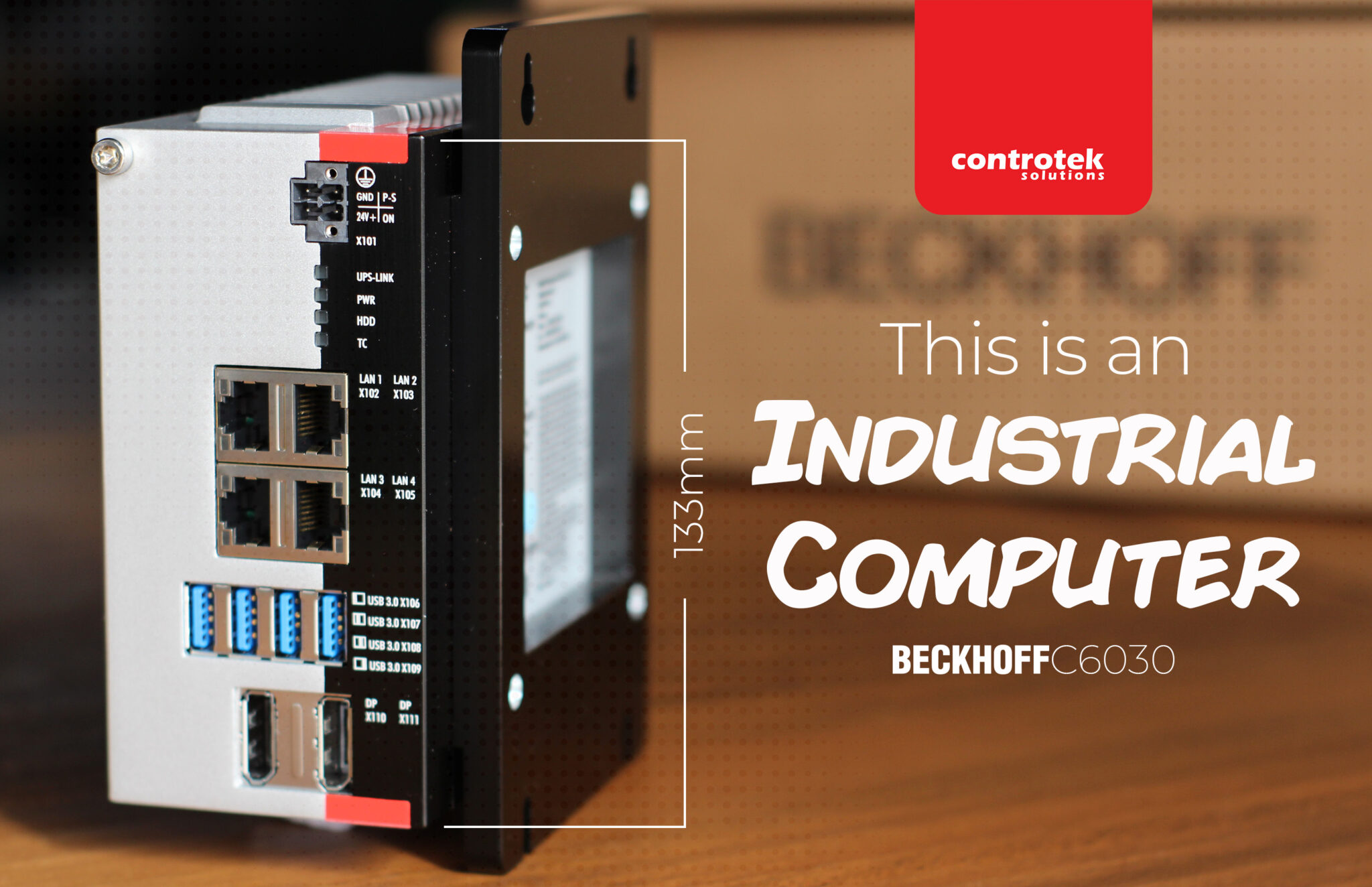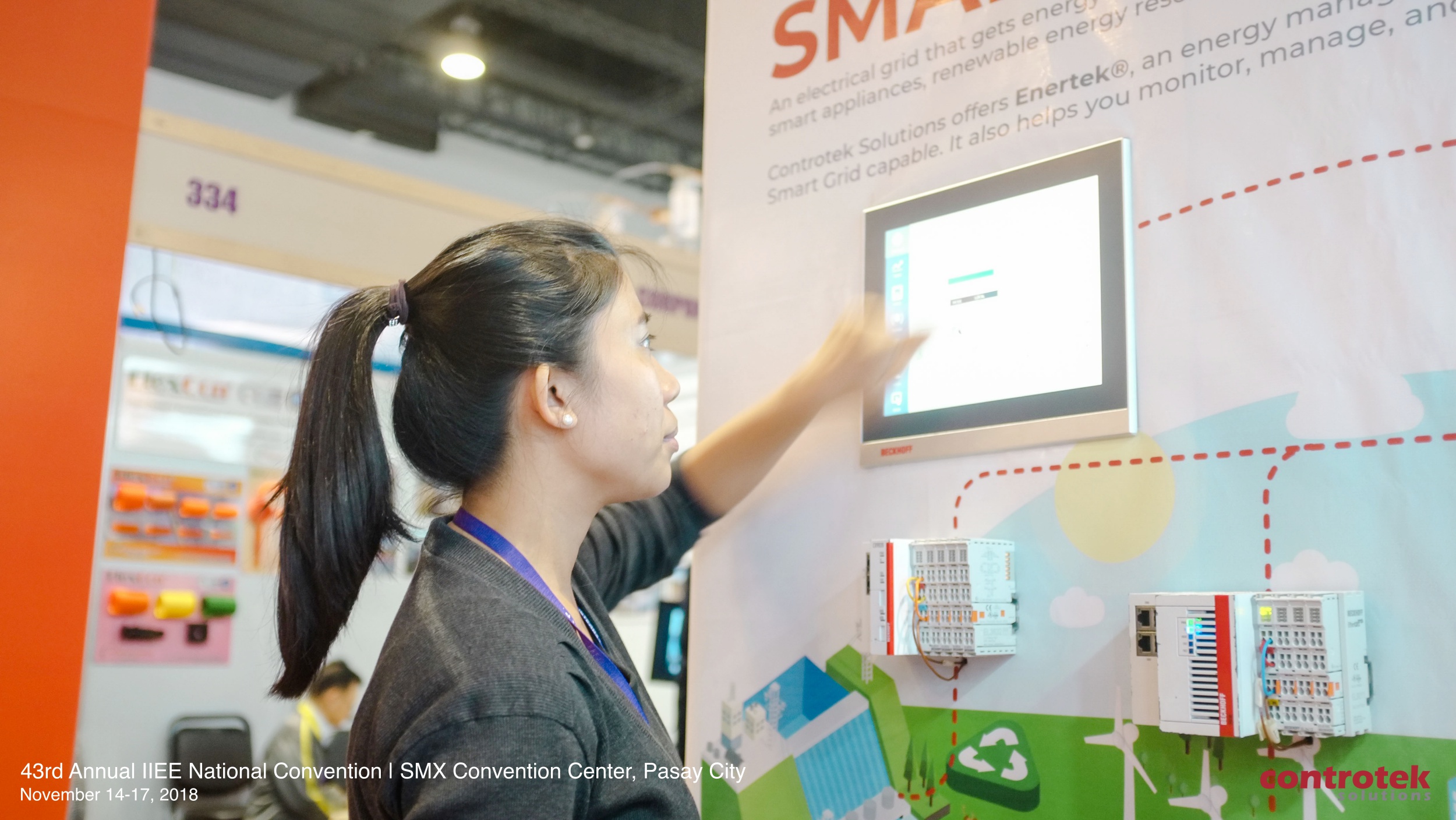The Industrial Revolution: Powering the Future with Data

The Industrial Revolution was the transition to new manufacturing processes. From hand production methods to machines, to new chemical manufacturing and iron production processes, up to the increasing use of steam power. This on going process has now resulted to more advanced development of machine tools and of course, the rise of Smart Factory System. But how exactly did this affect the world from the time it was conceived? Continue reading to learn more.
Year 1784: 1st Industrial Revolution
Mechanization, Steam, and Water Power
Industrial Revolution began in 1760 to 1830 but was only within Britain. The country was aware of their head start and wanted to keep it that way that they even forbade export of machinery, techniques, and skilled workers. This, of course, sparked ideas to the businessmen who capitalized by selling the idea to other countries. The revolution centred in production of iron, coal, and textiles which makes the development of the stationary steam engine an important element. In Britain by 1800 an estimated 10,000 horsepower was being supplied by steam.
Year 1870: 2nd Industrial Revolution
Mass Production, Assembly Line, and Electrical Energy
Within this era, some technologies from the previous one is still being utilized. In the late 19th and 20th centuries, industries began powering productions with electricity, replacing steam from the previous revolution. They also began using many natural and synthetic resources, most of which has not been used until then. Steel is often cited as the first of several new areas for industrial mass-production, it gradually grew to include chemicals including petroleum (refining and distribution), and, later, automotives.
Year 1969: 3rd Industrial Revolution
Automation, Computers, and Electronics
Almost a century later, the third industrial revolution emerged. This revolution witnessed the rise of electronics, telecommunications, and computers. For industries, this gave rise to advanced level in manufacturing and production, thanks to the invention of programmable logic controllers and robots.
If the first revolution was powered by steam for mechanized manufacturing, the second by electricity for mass production, this revolution used information technology and electronics to automate production. Products can now be designed in computers, processes can run unattended, and tasks that were once too complex for traditional factories to handle can now be completed without the tediousness and difficulties.
Present: 4th Industrial Revolution
Cyber-Physical Systems, Internet of Things (lloT), and Digitalization
The fourth industrial revolution, also known as Industry 4.0, revolutionized the way factories operate through the emergence of the internet. Unlike the previous industrial revolutions, Industry 4.0 didn’t root from a new type of energy, it began with a new technological phenomenon — digitalization. This enables us to build a virtual world where steering the physical world was made possible.
From predictive maintenance, improved real time decision-making, more coordinated job order, to inventory forecasting, the applications of digitalization for the industrial sector are already enormous. Machines began communicating not only with each other, but also with the main user, of course, aiming to connect all production means. Communication between them is enabled thanks to technology such as Cloud, Big Data Analytics, and Industrial Internet of Things.
“The digital revolution is characterized by a fusion of technologies that is blurring the lines between the physical, digital, and biological spheres” as put together by Sentryo.
Industry 4.0 is the basic engineering concept of Controtek Solutions; we make Smart Factories, Smart Cities, and Smart Nation a reality. With Controtek Solutions’s portfolio of clients from varying industries like food and beverage, power, water, sugar, chemicals, pulp and paper, buildings, and oil & gas. We use cyber-physical system to make business intelligence and manufacturing status as accessible as possible, from computer screens to client smart phones!
Sources:
The Editors of Encyclopaedia Britannica (2018, October 09). Industrial Revolution. Retrieved from https://www.britannica.com/event/Industrial-Revolution
Sentryo (2017, February 23). The 4 Industrial Revolutions. Retrieved from https://www.sentryo.net/the-4-industrial-revolutions/
























